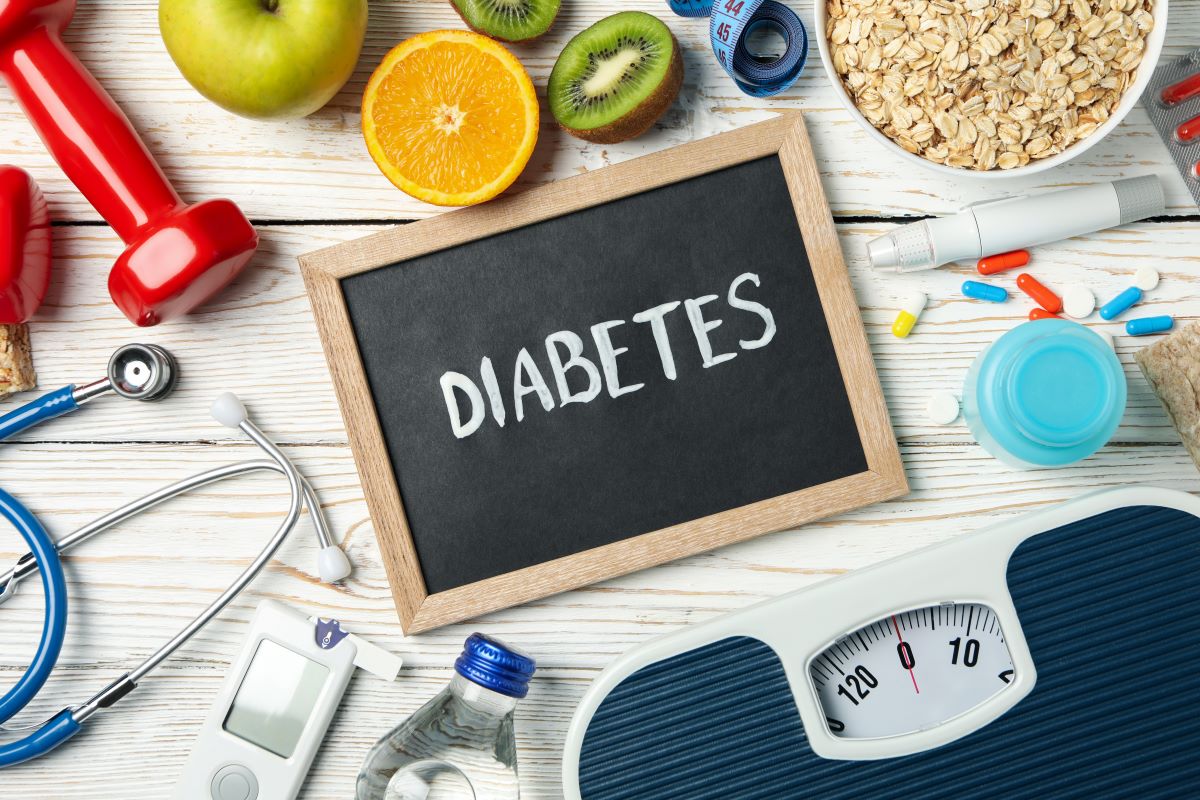Welcome to my blog post about recognizing the early signs and symptoms of diabetes. Diabetes is a common, serious, yet manageable condition that affects millions of people around the world.
In this post, I'll discuss what diabetes is, its different types, early signs and symptoms to look out for, diagnosis and treatment options available, how we can best prevent it through lifestyle management strategies, and more. By the end of this post, you will have a better understanding of diabetes and be able to recognize any potential warning signs.
Introduction To Diabetes
Diabetes is a chronic health condition that affects millions of people worldwide. It occurs when the body cannot properly produce or use insulin, resulting in elevated blood sugar levels. Early signs and symptoms of diabetes can be minor or even absent, making it difficult to diagnose without proper medical testing.
However, recognizing these warning signs and taking preemptive action can help prevent the progression of diabetes and its associated risks. In this blog post, we will discuss the common signs and symptoms of diabetes so you can recognize them early on in their development.
Types Of Diabetes
Diabetes is a serious health condition that affects millions of people every day, and there are two main types: Type 1 and Type 2. Type 1 diabetes, or Juvenile Diabetes, develops when the body’s immune system destroys the cells in the pancreas responsible for producing insulin. Type 2 diabetes, which usually occurs in adulthood, is a result of the body either not producing enough insulin or not responding to it properly.
Both types of diabetes can cause serious health complications if left untreated such as high blood pressure, kidney damage, nerve damage, and an increased risk of heart disease. It's important to recognize the early signs and symptoms of both types so that they can be treated effectively.
Early Signs And Symptoms Of Diabetes
When trying to recognize the early signs and symptoms of diabetes, it’s important to be aware of some key indicators. Many people with diabetes experience increased thirst, frequent urination, extreme hunger, fatigue, blurred vision, and slow-healing sores or cuts.
Other common symptoms include unintentional weight loss due to not being able to process the glucose in the body as well as tingling or numbness in your hands and feet. If you're experiencing any of these warning signs, it's important to speak with your doctor about a potential diagnosis. Early detection can help reduce long-term complications that can come from having diabetes.
Diagnosis And Treatment
Diagnosis and treatment of diabetes is an important aspect of managing the disease. Early detection allows for more aggressive treatment, leading to better long-term control of blood sugar levels and related complications. Diagnosis is typically made through a combination of lab tests, physical exam findings, and patient-reported symptoms.
Treatment may include lifestyle changes, such as diet modification and increased physical activity; oral medications; or insulin injections depending on each individual's unique needs. It is important to recognize that every person’s diabetes diagnosis and treatment plan are different, so it is essential to work closely with your healthcare provider in order to develop an effective plan that works for you or your loved one.
Prevention And Management
Prevention and management of diabetes is essential for long-term health. Eating a balanced, healthy diet that is low in sugar, salt, and saturated fats and including plenty of fresh fruits, vegetables, and whole grains can help to reduce the risk of developing diabetes.
Regular physical activity is also important for maintaining a healthy weight which decreases the chances of becoming diabetic. Finally, regular medical check-ups with your primary care doctor are vital to ensuring early detection if you do develop symptoms associated with diabetes. With vigilance on all these fronts, diabetes can be prevented, managed, and even reversed in some cases.
Conclusion
In conclusion, recognizing the early signs and symptoms of diabetes is essential for preventing complications and managing the disease. It is important to know what to look for, as some type 2 diabetes signs can be subtle.
By learning how to recognize these symptoms, people with risk factors for type 2 diabetes can take proactive action to get ahead of the disease before it becomes too serious. If you are experiencing any of the signs or symptoms discussed in this article, it is recommended that you make an appointment with a healthcare provider as soon as possible.


